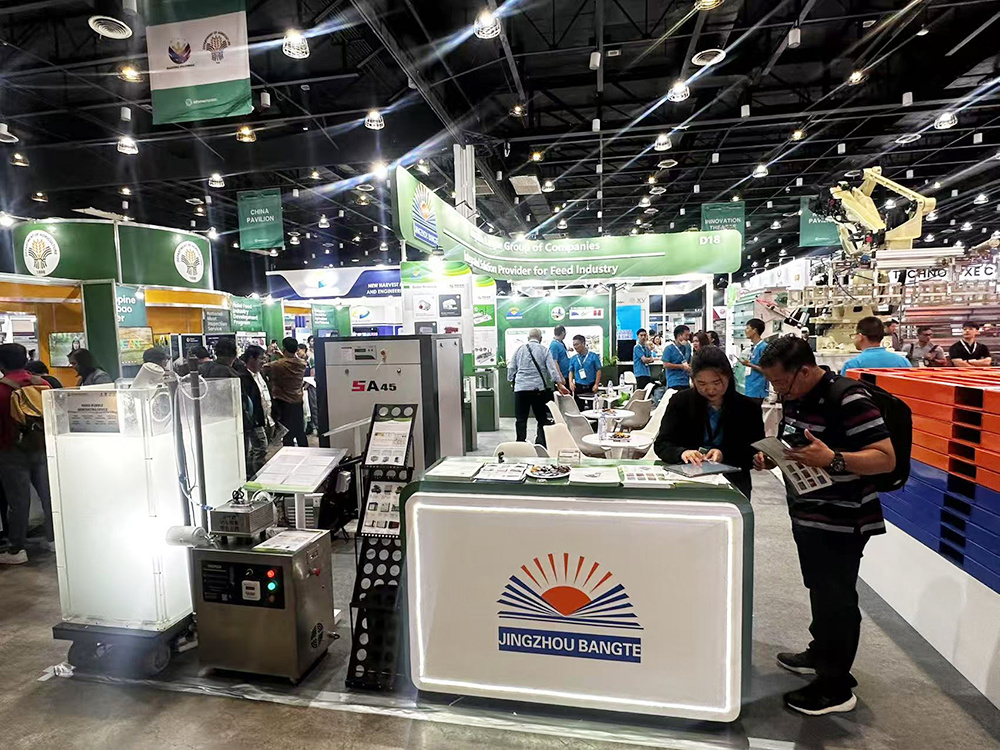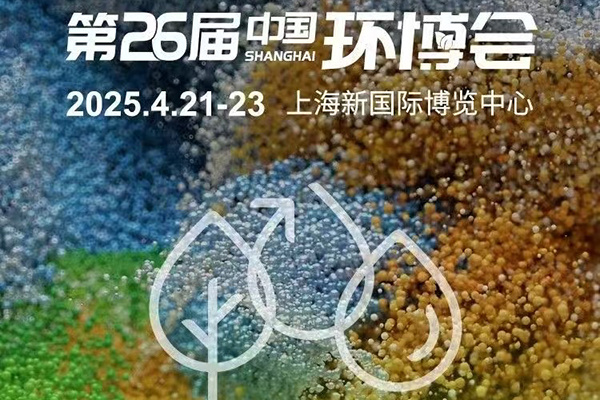Experiments on the treatment of waste leachate by ozone nano bubble
As we all know, waste leachate is a kind of organic wastewater that is difficult to treat, and its composition is very complex, containing a large amount of organic matter (high CODcr and BOD5), ammonia nitrogen, pathogenic bacteria and various types of heavy metal pollutants, and also has the characteristics of high chromaticity, high toxicity, etc., which has a bad impact on the ecological environment if not treated properly.
01、nano bubble
Ningbo Zhuhong Nano Technology Co., Ltd. produces nano bubble generator can produce nano-scale bubbles, the water treated by the device has more bubble content, small particle size, large specific surface area, slow rate of rise and so on, so it can greatly improve the efficiency of the utilization of gas (ozone). At the same time, the nano bubble have the characteristics of automatic contraction and pressurization, negative surface charge, try to use these characteristics of the nano bubble applied to the air flotation process, to improve the efficiency of the current air flotation process.

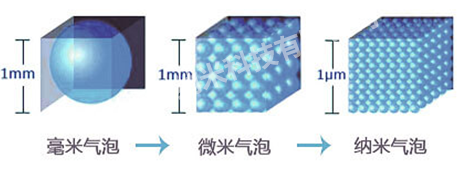
02. Introduction to the experiment
This experiment will verify the role of nano bubble in the process of waste leachate treatment from the front-end air flotation (to remove macromolecules of organic matter, etc.) and ozone treatment (to remove difficult-to-decompose organic matter) in two directions.
Injecting waste leachate into the Plexiglas reaction column and starting the nano bubble generator to pass ozone gas into the water body, the water body is rapidly filled with a large number of micro-bubbles, and a large number of floating bubbles are generated on the surface of the water. About 10 minutes of operation is about 20cm foam, 30 minutes after the operation of the water body can be observed to lighten the color, 45 minutes after the operation of the water body, the color of the water body significantly lighter, the speed of foam generation accelerated, 1 hour after the foam filled the experimental column space and continued to overflow from the exhaust valve. After 3 hours of ozone oxidation, the water body changed from dark brown to light yellow, the viscosity of the water body decreased significantly, and the odor of the water body was almost eliminated.
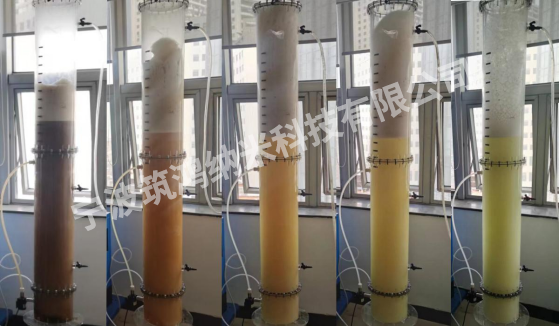
03. Experimental results

During the experiment the lower leachate water samples were taken to test the COD content in them with the following results. (Unit: mg/L)
| Name of water quality | Raw COD |
1hCOD |
2hCOD |
3hCOD |
| Waste leachate dilution |
2858 |
2267 |
2107 |
1715.6 |
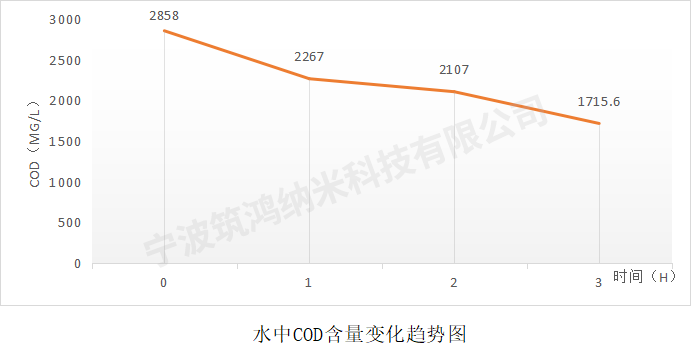
Ozone oxidation is a kind of advanced oxidation process for treating difficult wastewater, which is widely regarded by the world for its fast reaction speed, strong oxidizing property and no secondary pollution. However, the investment of ozone equipment is large, the operation cost is high, and the ozone utilization efficiency of the existing ozone application process is on the low side, thus leading to the economic benefits of ozone oxidation process relative to other advanced oxidation processes are not obvious. nano bubble generator can quickly enhance the gas content in the liquid, improve the utilization efficiency of gas, and ozone oxidation process is very compatible with the needs of the device by improving ozone utilization efficiency, reduce operational losses to achieve the ultimate goal of saving project investment (including equipment and civil construction) and operating costs.
nano bubble generator is highly integrated with modular ozone generator, which is very suitable for integrated wastewater treatment device and emergency wastewater treatment device.
It is believed that through continuous research, the nano bubble coupled with ozone process can be used as a new type of advanced oxidation process in the treatment of difficult wastewater, contributing to the green mountains and green water of the motherland.



